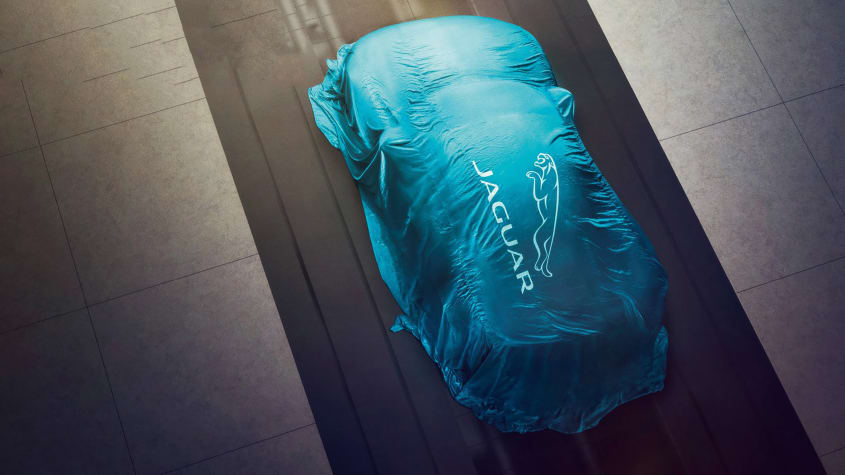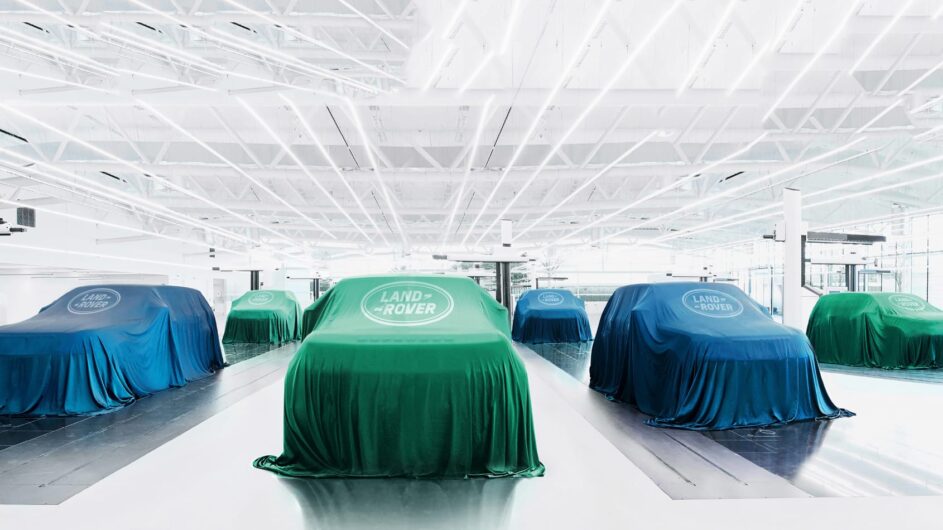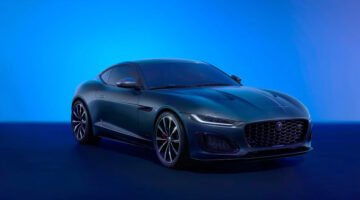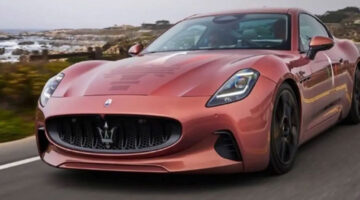Under new leadership, the Jaguar and Land Rover brands reveal their new electrified futures

Jaguar Land Rover has revealed a dramatic change to its future product plans. The new road map will see the company focusing on the development of new electric models and platforms, consolidating its manufacturing and management processes, and transforming Jaguar into an all-electric brand by 2025.
These future plans will be underpinned by the development of two new platforms – one a bespoke electric architecture dubbed EMA (Electric Modular Architecture), and a second MLA (Modular Longitudinal Architecture) platform, which will support both longitudinally-mounted internal combustion and electric powertrains. Yet the use of these two platforms will not be evenly spread between the two brands, as Land Rover evolves its current range structure, leaving Jaguar to go through a more dramatic transformation.
Jaguar’s reformation into an all-electric brand will see it use the EMA platform for future models. While Jaguar has not specified how much of its current range will remain, we do know that the new strategy has come at the expense of Jaguar’s incoming all-electric XJ. The new luxury saloon has been killed less than a year before its planned reveal, despite otherwise appearing to fit into Jag’s electric ambitions.
While Jaguar hasn’t entirely ruled out an XJ’s return to the range further down the line, the model’s cancellation will come as a blow, with it having already undergone a majority of its development cycle. The I Pace, in its current incarnation, also won’t be directly replaced, with its EV platform being put to bed after just one generation.

Land Rover’s future
Land Rover’s future electric roadmap will have a more familiar silhouette, with six new EV models in the product plan that will integrate into current Range Rover, Discovery and Defender families. In the short-term, Land Rover will launch the all-new Range Rover and Range Rover Sport models in the next 18 months, but it will be 2024 before we see Land Rover’s first full electric model – muted to be an electric derivative of that new Range Rover.
Looking further ahead, JLR has also committed to an annual £2.5m investment in research and development, expanding into hydrogen fuel cell technology as it matures. JLR is forecasting that by 2030, 100 percent of Jaguar and 60 percent of Land Rover sales will be electric.
This dramatic restructure has come after the installment of new CEO Thierry Bollore, who has taken the opportunity to reorganise JLR from the top down. Further changes will also affect the business as a whole, streamlining current manufacturing facilities and management structures with the aim of improving JLR’s agility as the marketplace continues to shift.
This article originally appeared at evo.co.uk
Copyright © evo UK, Dennis Publishing



